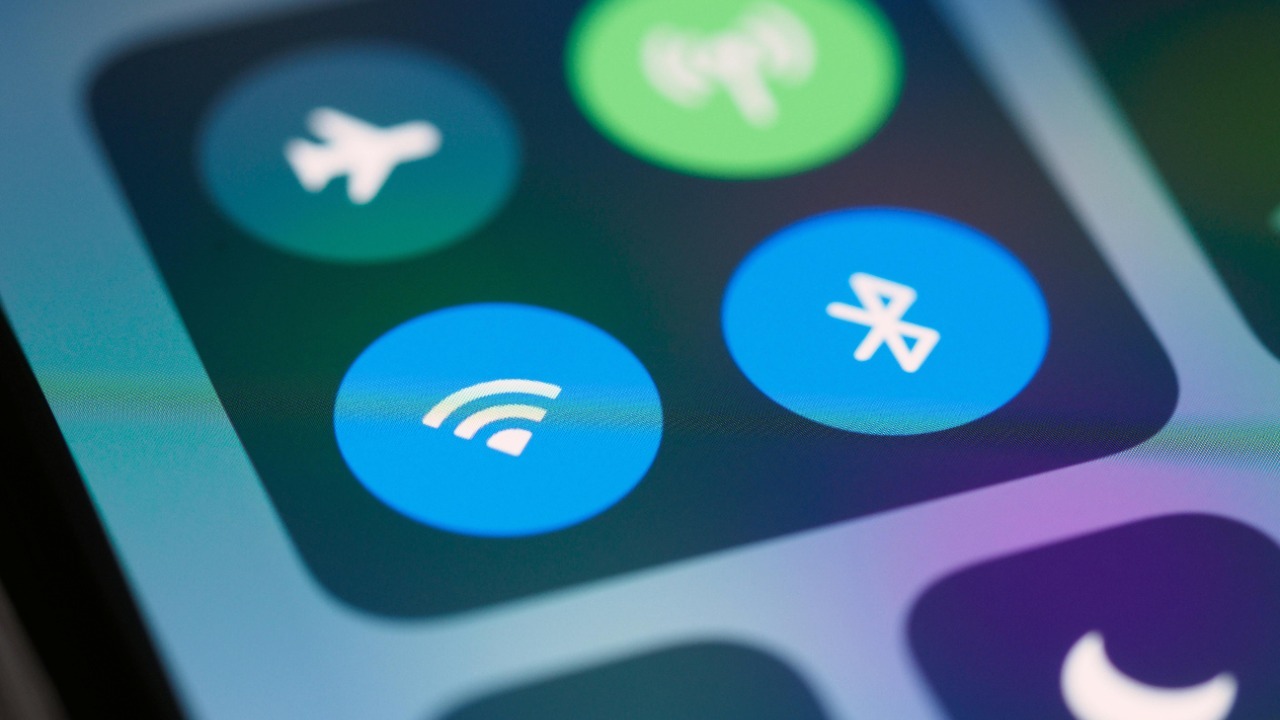
With the rise of smart devices and increased reliance on Wi-Fi networks, the risk of unauthorized access and surveillance has become a pressing concern. Recent reports have shed light on the ease with which outsiders can intercept Wi-Fi traffic, exploit device vulnerabilities, and even use workplace monitoring tools to access company Wi-Fi. This article will guide you through detecting signs of intrusion, checking for unauthorized devices, using free tools to scan your Wi-Fi, and taking steps to secure your network after detection.
Common Signs of Wi-Fi Intrusion
One of the first signs of a potential Wi-Fi intrusion is a sudden slowdown in your internet speed or intermittent connectivity issues. This could indicate that your bandwidth is being used by unauthorized devices on your network. Another red flag is the appearance of unfamiliar devices in your router’s admin panel. Unknown MAC addresses or IP assignments could signal unauthorized access. Additionally, unusual data usage spikes on your monthly bill could be a sign of snoopers downloading or streaming content without your permission.
Checking for Unauthorized Devices on Your Network
To check for unauthorized devices on your network, you can log into your router’s admin interface via its IP address (like 192.168.1.1). Here, you can review the list of connected devices and their details. Many routers also offer built-in tools or apps that allow you to scan for and block suspicious entries. These tools can help you identify unauthorized devices by name or type. As highlighted in a Washington Post report, it’s worth noting that employer monitoring software can sometimes masquerade as legitimate devices on shared Wi-Fi networks.
Using Free Tools to Scan Your Wi-Fi
There are several free tools available, such as Fing or Wireless Network Watcher, that can perform real-time scans of your Wi-Fi network. These tools can detect all active devices and flag any anomalies. Interpreting scan results can help you identify potential intruders, with unknown hostnames or signal strengths indicating nearby unauthorized devices attempting to join your network. As mentioned in a PCWorld article, packet sniffing tools can provide a deeper analysis of your network traffic without requiring advanced setup.
Detecting Spying on Connected Devices Like Phones
Smartphones connected to your Wi-Fi network can also be targets for spying. Signs of spyware on your phone can include rapid battery drain or overheating during idle times. It’s also important to review app permissions and background processes that could be relaying data over the network to unauthorized parties. A guide from Top10VPN highlights indicators such as unexpected pop-ups or high data usage that could be tied to tracking apps.
Investigating Smart Devices and TVs on Wi-Fi
Smart TVs and other IoT devices connected to your Wi-Fi network can also pose a risk. It’s important to audit these devices for built-in microphones or cameras that could be transmitting data via Wi-Fi. Disabling voice features and reviewing privacy settings can help prevent unauthorized listening or viewing over the network. An article from PCMag provides steps for verifying if your TV is sending usage data to manufacturers without your consent.
Addressing Browser and Voice Surveillance Risks
Browser extensions and microphone access for apps can also pose a risk of eavesdropping on conversations near Wi-Fi-connected computers. Disabling always-on listening features in search engines or assistants can prevent audio data from being processed over the network. A blog post from Private Internet Access confirms that tools like Google Chrome can activate microphones for data collection.
Steps to Secure Your Wi-Fi After Detection
If you detect unauthorized access or spying on your Wi-Fi network, there are several steps you can take to secure your network. Changing your Wi-Fi password to WPA3 encryption and enabling network isolation for guest devices can help prevent unauthorized access. Setting up MAC address filtering and updating your router’s firmware can patch known vulnerabilities. Regularly monitoring your network logs and considering the use of a VPN to encrypt traffic can also help prevent future snooping attempts.
More from MorningOverview